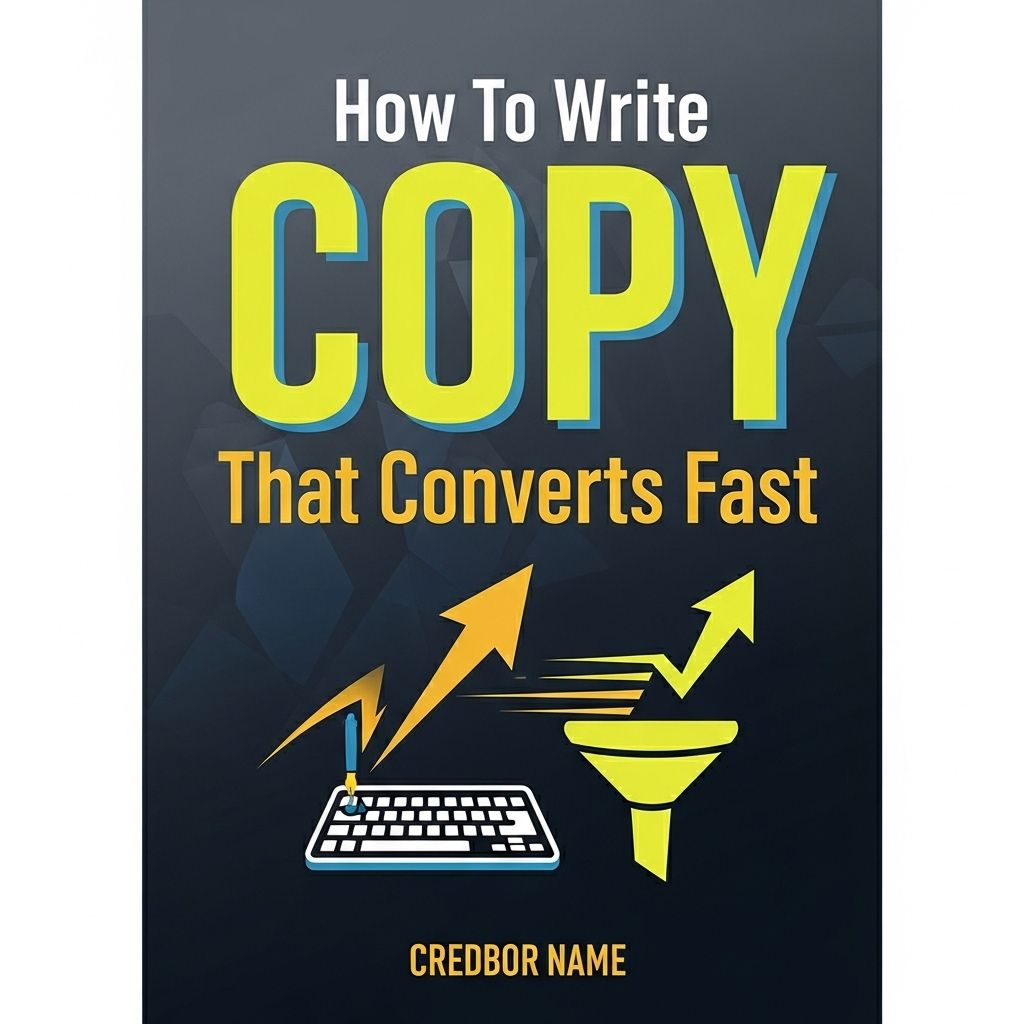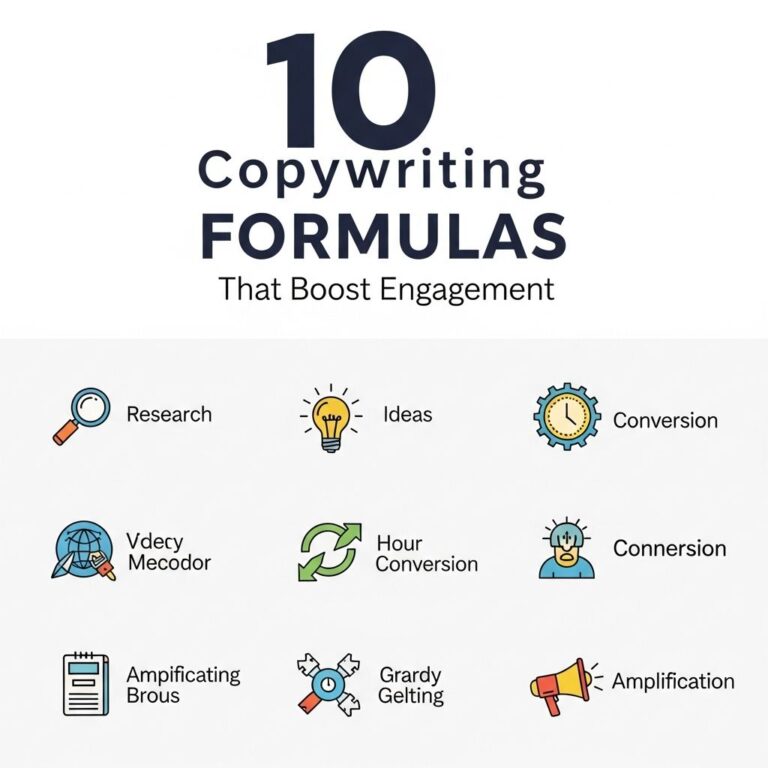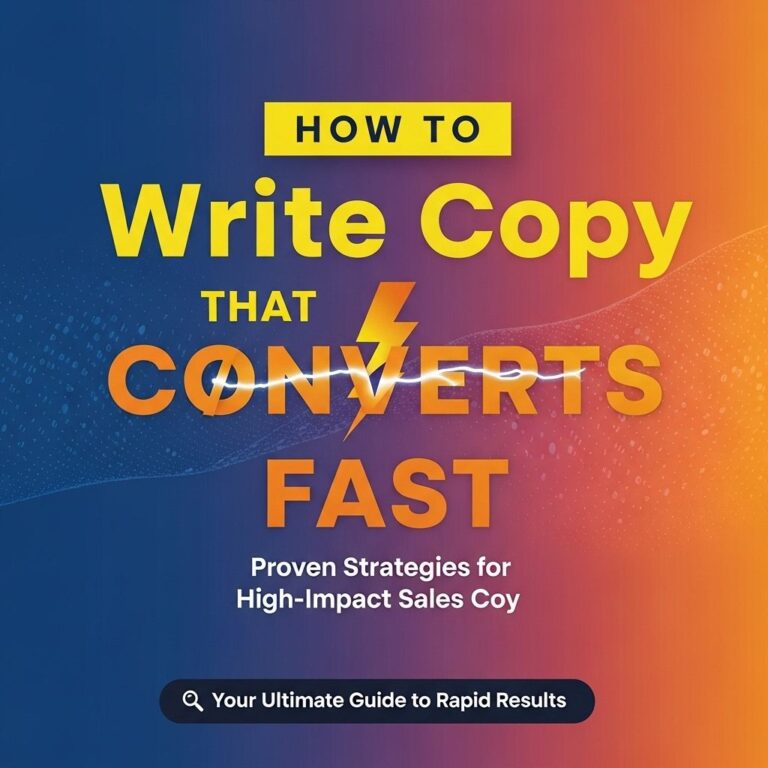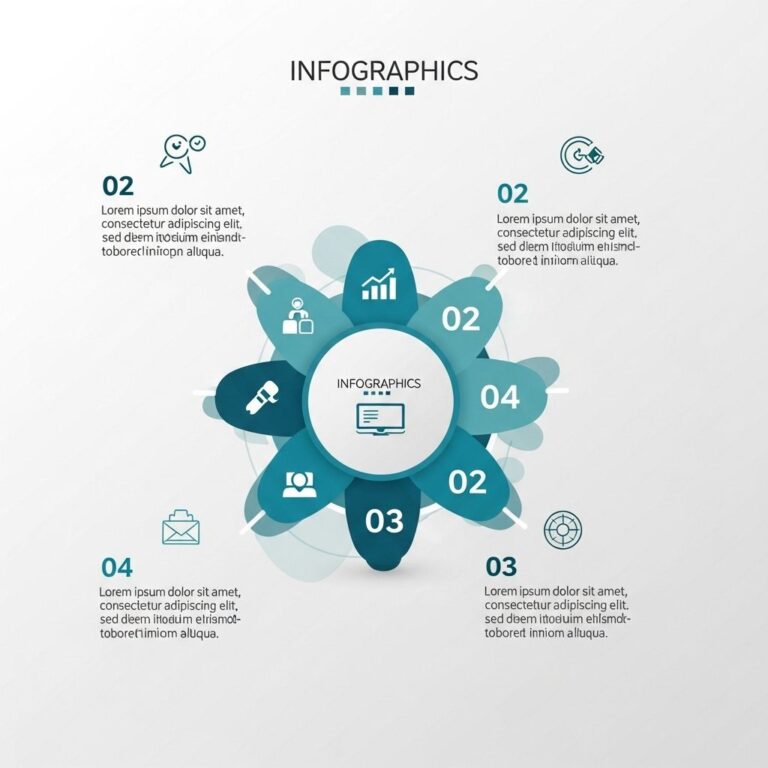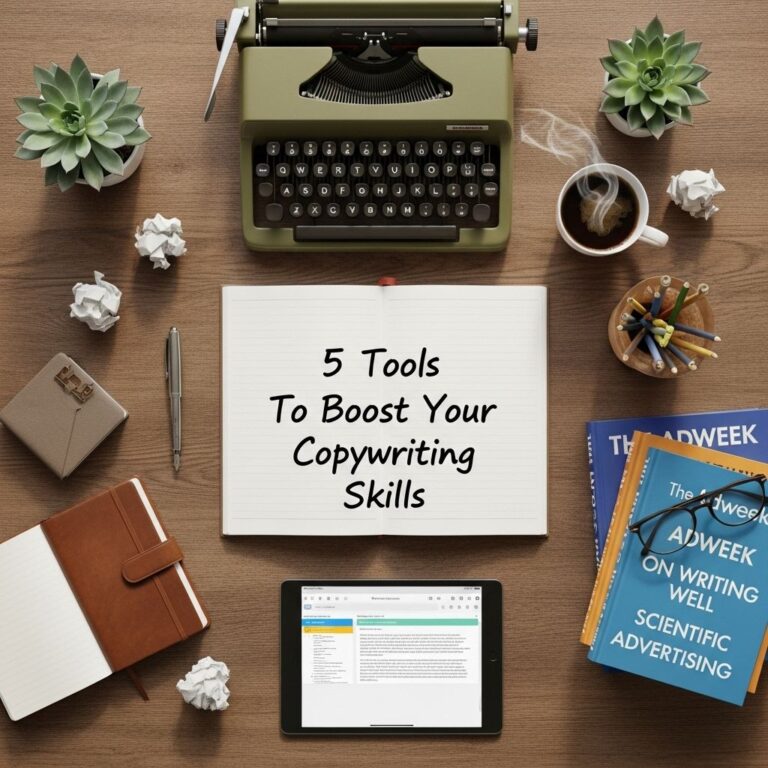In the digital age, where attention spans are fleeting and competition is fierce, the ability to write compelling copy can make or break your marketing efforts. Whether you’re crafting a landing page, an email newsletter, or a social media ad, persuasive copy can drive conversions and boost sales. But how do you create copy that not only attracts attention but also compels readers to take action? This article delves into the essential elements of writing effective copy that converts quickly.
Table of Contents
Understanding Your Audience
The first step in effective copywriting is understanding your target audience. Who are they? What are their pain points? What motivates them? To write copy that converts, you need to speak directly to your audience’s needs and desires.
Creating Buyer Personas
One effective way to understand your audience is by creating buyer personas. These fictional representations of your ideal customers can guide your copywriting efforts. Here are the key components to include when developing buyer personas:
- Demographics: Age, gender, location, occupation, etc.
- Psychographics: Interests, values, lifestyle, and attitudes.
- Pain Points: Challenges or problems your audience faces.
- Goals: What they want to achieve or improve.
The Art of Headlines
Your headline is the first thing a reader will see, and it’s crucial for capturing attention. A strong headline can significantly impact your conversion rates. Here are some tips for writing compelling headlines:
Tips for Crafting Headlines
- Be Clear: Ensure your headline clearly conveys what the reader can expect.
- Use Numbers: Headlines with numbers often attract more attention (e.g., “5 Tips to Improve Your Copywriting”).
- Create Urgency: Phrases like “limited time offer” or “act now” can create a sense of urgency.
- Ask Questions: Engaging questions pique curiosity and invite readers to explore further.
Crafting Persuasive Body Copy
Once you’ve captured attention with your headline, it’s time to delve into the body copy. This section should clearly communicate your message while encouraging the reader to take action.
Using the AIDA Model
The AIDA model (Attention, Interest, Desire, Action) is a proven framework for structuring your copy:
- Attention: Grab the reader’s attention with a compelling headline.
- Interest: Build interest by discussing the benefits of your product or service.
- Desire: Make the reader want your product by highlighting features and benefits that solve their problems.
- Action: Include a strong call to action (CTA) that tells the reader exactly what to do next.
Highlighting Benefits Over Features
Many writers make the mistake of focusing too heavily on features instead of benefits. Here’s the difference:
| Features | Benefits |
|---|---|
| High-speed processing | Save time and increase productivity |
| 24/7 customer support | Peace of mind knowing help is always available |
| Eco-friendly materials | Support sustainability and reduce environmental impact |
Effective Call to Action
A call to action (CTA) is essential in any copy that aims to convert. It’s your invitation for the reader to take the next step, whether that’s signing up for a newsletter, making a purchase, or requesting a demo.
Characteristics of a Strong CTA
- Clear and Direct: Use straightforward language to tell the reader what to do.
- Action-Oriented: Use strong action verbs (e.g., “Get Started,” “Download Now”).
- Visible: Ensure the CTA stands out visually (size, color, placement).
- Offer Value: If possible, include an incentive (e.g., “Get 20% off your first purchase”).
Optimizing Your Copy for SEO
While crafting engaging copy is vital, optimizing it for search engines can help drive organic traffic to your content. Here are some basic SEO practices to keep in mind:
SEO Best Practices
- Keyword Research: Identify relevant keywords your audience is searching for.
- Include Keywords Naturally: Integrate keywords into your copy without sacrificing readability.
- Use Headings and Subheadings: Format your content with appropriate headings to improve readability and SEO.
- Internal and External Links: Include links to credible sources and relevant content on your site.
Editing and Testing Your Copy
Writing great copy isn’t just about the initial draft. Editing and testing are critical steps in the process of creating high-converting copy.
The Importance of Editing
Editing helps you eliminate fluff, correct grammar errors, and refine your message. Here’s how to edit effectively:
- Take a Break: Step away from your copy for a while to gain a fresh perspective.
- Read Aloud: Hearing your copy can help identify awkward phrasing.
- Use Tools: Leverage grammar and spell-check tools to catch mistakes.
A/B Testing Your Copy
To optimize your copy further, consider A/B testing different versions of your headlines, body copy, or CTAs. By analyzing the performance of each version, you can identify what resonates best with your audience.
Conclusion
Writing copy that converts quickly requires a deep understanding of your audience, effective structuring of your message, and a commitment to refining your writing through editing and testing. By employing these strategies, you can create engaging, persuasive copy that not only captures attention but also drives action. Remember, practice makes perfect, and the more you write, the better you’ll become at crafting copy that converts.
FAQ
What is copywriting and why is it important for conversions?
Copywriting is the art of writing persuasive text that encourages readers to take a specific action, such as making a purchase or signing up for a newsletter. Effective copywriting is crucial for conversions because it directly influences a reader’s decision-making process.
What are some key elements of high-converting copy?
High-converting copy typically includes a clear value proposition, strong headlines, persuasive language, emotional appeal, testimonials, and a strong call to action that guides the reader towards the desired action.
How can I identify my target audience for better copy?
To identify your target audience, conduct market research, analyze customer demographics, create buyer personas, and gather feedback. Understanding your audience’s pain points, needs, and preferences will help tailor your copy to resonate with them.
What role does storytelling play in effective copywriting?
Storytelling can enhance copywriting by creating an emotional connection with the reader. A well-told story can engage the audience, making them more likely to remember your message and take action.
How can I improve the readability of my copy?
To improve readability, use short sentences and paragraphs, bullet points, subheadings, and simple language. This makes your content more accessible and easier for readers to digest, ultimately improving conversion rates.
What are common mistakes to avoid in copywriting?
Common mistakes include using jargon or overly complex language, being too vague, neglecting a clear call to action, failing to address the audience’s needs, and not proofreading for errors. Avoiding these pitfalls can lead to more effective copy.

